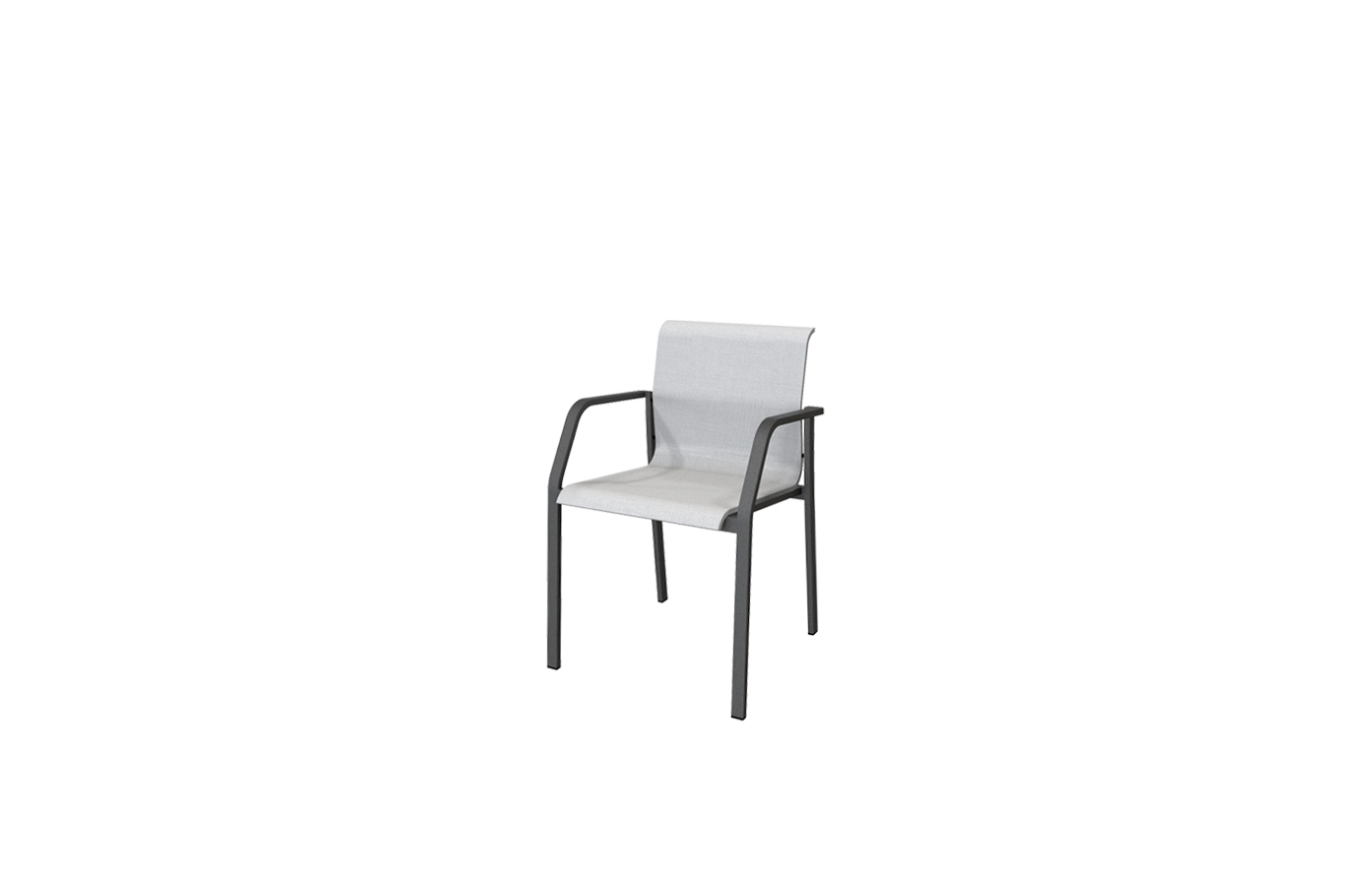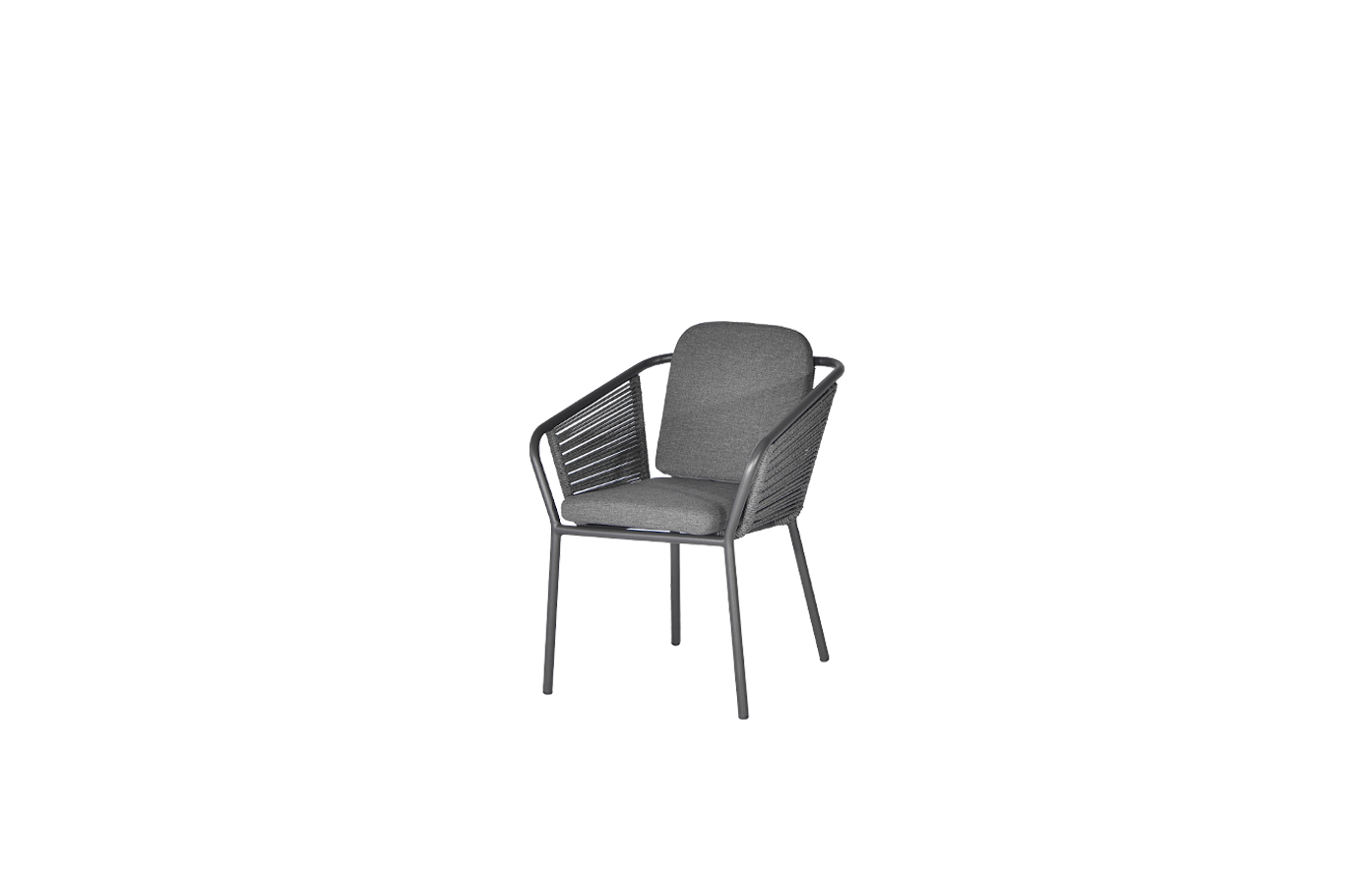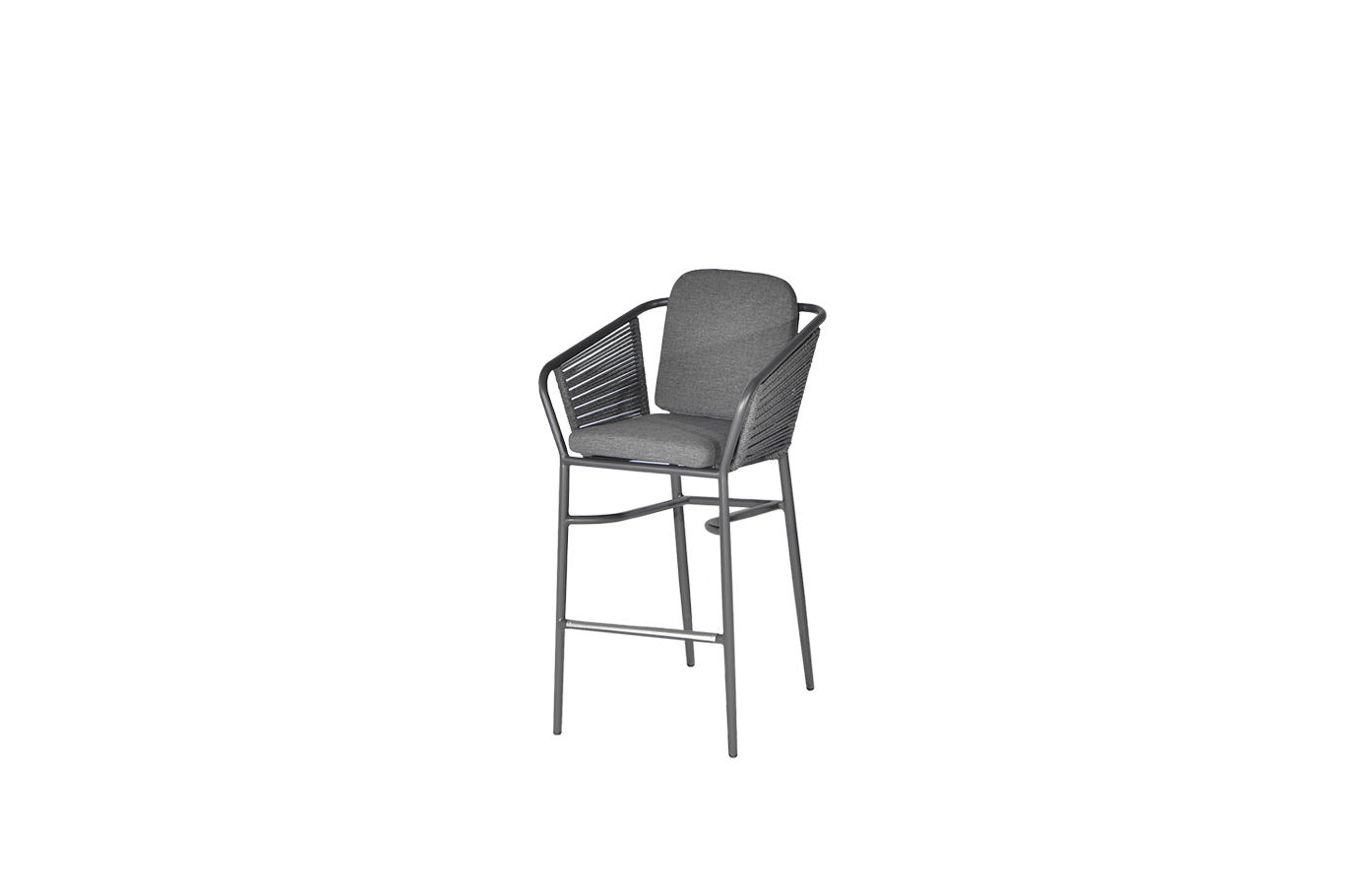
Exploring the Rich History and Timeless Beauty of Chinese Furniture: A Journey Back in Time
Chinese Furniture: A Perfect Blend of Elegance, Functionality, and Cultural Heritage
Chinese furniture showcases a perfect blend of elegance, functionality, and the rich cultural heritage that has been passed down through generations. The history of Chinese furniture can be traced back over 3,000 years, making it one of the oldest and most prestigious furniture traditions in the world.
One of the remarkable aspects of Chinese furniture is its ability to seamlessly blend into any interior design style. Whether it’s a traditional Chinese dwelling or a modern contemporary home, Chinese furniture pieces effortlessly enhance the aesthetic appeal of any living space.
Traditional Chinese furniture is known for its exquisite craftsmanship, attention to detail, and the innovative use of materials. The furniture craftsmen have been using various types of wood such as rosewood, elm, and blackwood, each chosen for its unique properties and durability. These materials have stood the test of time, providing furniture pieces that can be passed down through generations.

Exploring the Rich History and Timeless Beauty of Chinese Furniture: A Journey Back in Time

Exploring the Rich History and Timeless Beauty of Chinese Furniture: A Journey Back in Time
The Ming Dynasty (1368-1644) and Qing Dynasty (1644-1912) are considered the golden eras of Chinese furniture. The furniture during these periods showcased intricate joinery techniques, delicate carvings, lacquer work, and a focus on natural beauty. Chinese furniture was not just seen as functional objects but also as works of art.
One of the iconic pieces of Chinese furniture is the screen. These screens were originally used to divide spaces in homes or provide privacy. However, screens evolved as a form of artistic expression, with intricate carvings and precious materials such as jade, ivory, and mother-of-pearl. They became highly sought after by collectors and are still admired for their beauty today.
Another distinctive feature of Chinese furniture is the emphasis on symbolism. For example, the phoenix represents virtue and grace, while the dragon symbolizes power and strength. The use of auspicious symbols and motifs in furniture design reflects the belief in harmonious balance and positive energy.
Chinese furniture not only showcases exceptional craftsmanship but also reflects the values and philosophy ingrained in Chinese culture. The concept of Feng Shui is deeply embedded in the design and placement of furniture. Feng Shui believes that the arrangement of furniture and objects in a space can affect the flow of energy, resulting in a harmonious and balanced environment. Chinese furniture, with its carefully designed proportions and functional arrangements, seeks to create a peaceful and harmonious living space.
In recent years, there has been a resurgence of interest in Chinese furniture worldwide. Collectors, interior designers, and design enthusiasts are drawn to the unique aesthetics and cultural significance these pieces bring to a space. One can find Chinese furniture in various exhibitions, museums, and even in luxury hotels around the world, showcasing its timeless appeal that transcends borders.
The beauty of Chinese furniture lies in its ability to retain its charm and relevance over centuries. Whether it’s a classic Ming-style chair or a contemporary interpretation of traditional design, Chinese furniture continues to captivate with its elegance, functionality, and rich cultural heritage. As we celebrate the timeless beauty of Chinese furniture, we also honor the skilled artisans who have meticulously crafted these pieces, preserving an art form that has stood the test of time. Sectional Sofa
